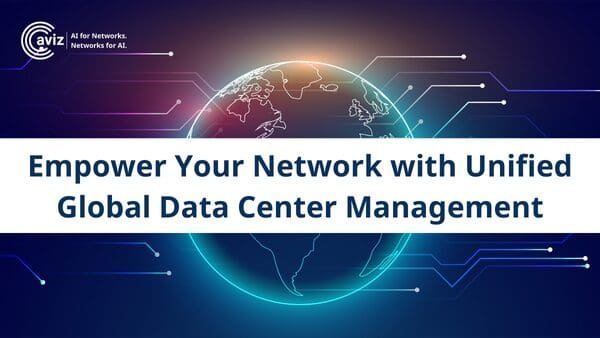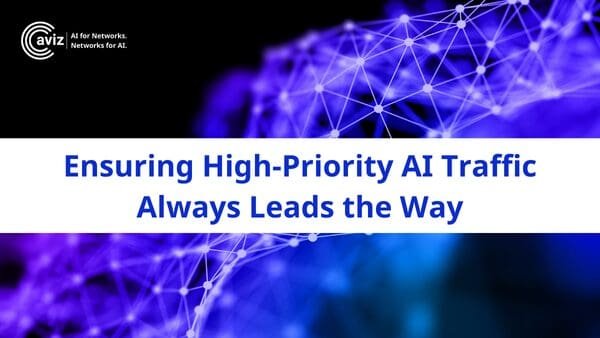Introduction
In today’s datacenter landscape, network latency holds significant importance due to its impact on the overall performance, efficiency, and reliability of datacenter operations. Here are key aspects that highlight the significance of network latency in data centers. Low network latency is crucial for ensuring optimal performance of applications hosted in data centers. Users expect fast response times when accessing services and applications, and latency directly influences the perceived responsiveness of these systems. Organizations face various challenges in measuring and optimizing network latency, as this task involves complex considerations related to infrastructure, applications, and user experience. Some common challenges include the complexity of the network infrastructure, dynamic workloads and continuous monitoring feeding to the analysis.
This blog introduces you to the backend of ONES network latency measurement component , the core engine responsible for collecting data related to network latency. This component plays a crucial role in providing insights into the performance of a network, helping organizations monitor and optimize their infrastructure. It supports various network protocols, including ICMP (Internet Control Message Protocol), and TCP (Transmission Control Protocol), depending on the need.
Let’s explore the key aspects and functionalities of the backend.
Core Features
- Protocol - ICMP vs TCP
- Destination IP
- Port (for TCP)

- Periodic latency calculations help operators monitor the health of the network. An increase in latency can indicate potential bottlenecks or issues that need optimization.
- By measuring latency regularly, operators can verify that the network meets the latency requirements specified in SLAs, maintaining high-quality services for customers and stakeholders.
- Regular latency measurements provide a baseline for normal network behavior. Deviations from this baseline can signal potential faults, enabling operators to troubleshoot and resolve issues promptly.
- Latency calculations help operators understand how network performance scales with increasing loads. This information is crucial for capacity planning and ensuring the network can handle growing demands.
- Periodic latency measurements are essential for monitoring the performance of real-time applications, such as video conferencing or voice-over IP (VoIP), where low latency is critical for a smooth user experience.
To cater to such requirements, ONES allows the operator to schedule the calculation of the latency periodically over specified time intervals. This allows the operators to understand the performance of the networks proactively.
NanoSecond Level Precision
- Ultra-Low Latency Requirements: Nanosecond-level measurements cater to applications with ultra-low latency requirements. These applications demand the fastest possible response times for optimal performance.
- Real-Time Communication: Applications like telecommunication services and real-time communication tools benefit from nanosecond-level measurements. This precision ensures that communication is nearly instantaneous, enhancing the quality of real-time interactions
- Computing: In edge computing environments, where processing occurs closer to the data source, nanosecond-level latency measurements are crucial. This precision helps evaluate the effectiveness of edge deployments in providing rapid responses.
- High Throughput Networks: In networks with exceptionally high throughput, nanosecond-level precision is advantageous for accurately assessing the efficiency and performance of the network, especially under extreme loads.
Decoding Nanosecond Latency Calculation
Scalability & Robustness
Use-Cases: Ping-pong Mesh

ONES Network SLA - Future Looking

In conclusion, the backbone of a network latency measurement tool functions as the core engine responsible for gathering, processing, and evaluating data to gauge the vitality and efficiency of a network. It stands as a pivotal element for organizations aiming to sustain ideal network latency, guaranteeing a smooth and responsive user experience.
Have comments or feedback? Please feel free to get in touch with us
For experiencing SONiC, Please try ONES Center https://aviznetworks.com/one-center
For detailed case study of SONiC, please refer here




